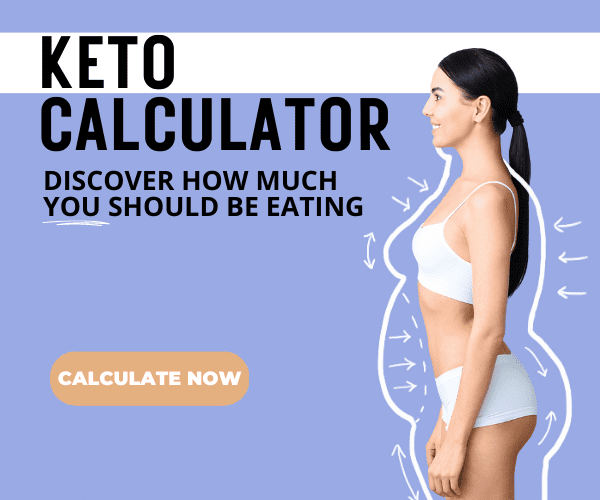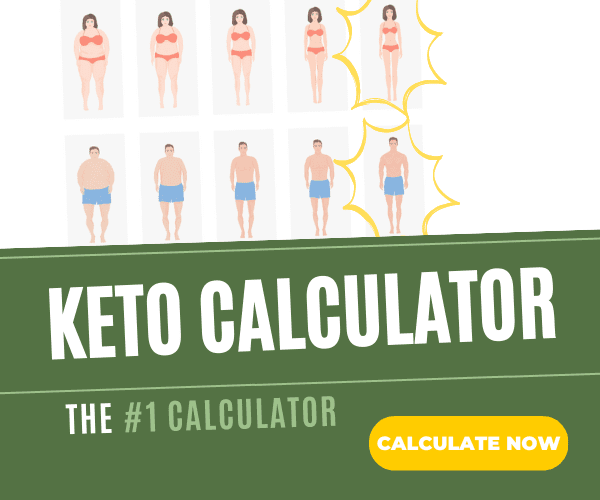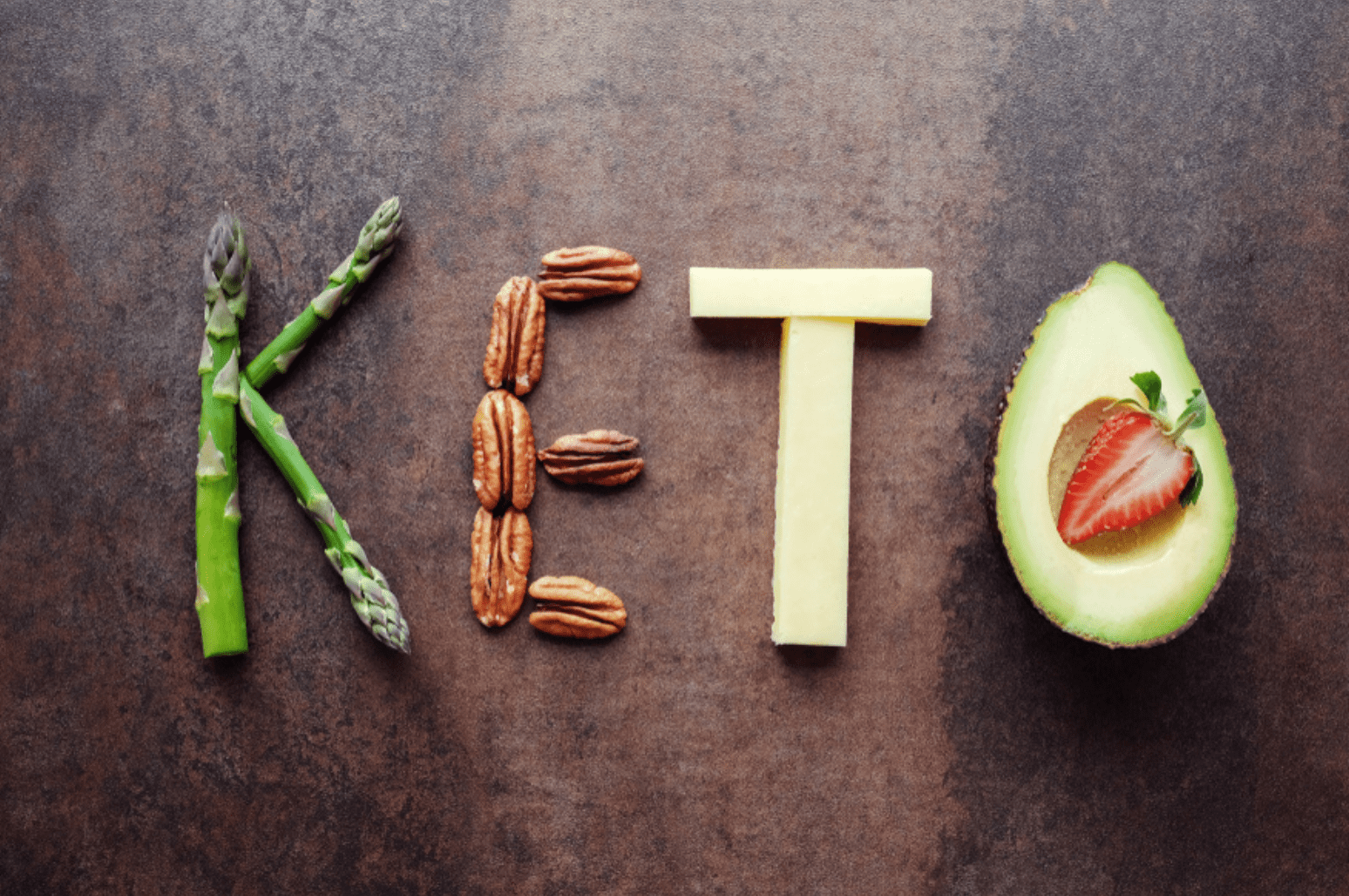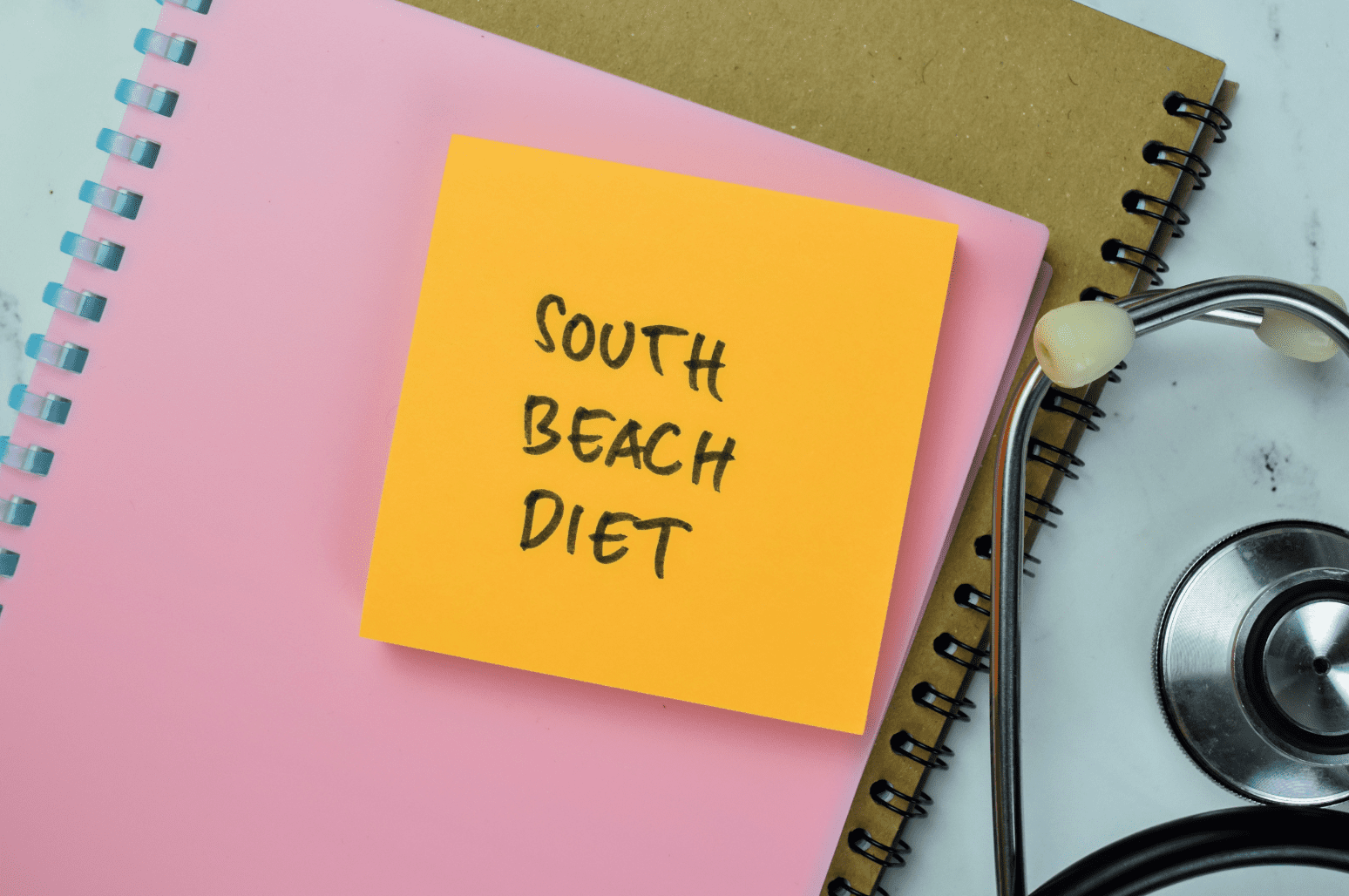
Terms to Understand:
- Probiotic: a microorganism introduced into the body for its beneficial qualities
- Prebiotic: non-digestible food ingredients that promote the growth of beneficial microorganisms in the intestines
- Fiber: dietary material resistant to digestive enzymes
Simply put, “probiotics” are live bacteria cultures and “prebiotics” or prebiotic fibers are the food sources (typically vegetables, fruits, seeds, and nuts) for that bacteria to proliferate (grow) on. It has been said that there are 10 times as many bacterial cells compared to human cells in our bodies. While these numbers are constantly being studied and reevaluated, the bottom line is that there is a multitude of bacterial cells that make up our gut flora—of which are comprised of many different strains. Let’s take a look at the best prebiotic fibers to support a healthy gut microbiome.

You’re THE HOST of The Main Show!
Before you get a big head… we’re talking about bacteria here. However, you’re still pretty cool because you have the chance to control all these little bacteria that can CHANGE YOUR LIFE – literally (our microbiome affects every facet of our lives). An article from the American Society for Microbiology stated that “The large intestine contains organisms belonging to over 30 identified genera and as many as 500 separate species or phenotypes.” [1] Now what does that mean for us and fiber? Recall that fiber comes primarily from vegetables, fruits, seeds, and nuts. Depending on where your fiber source comes from will determine which probiotic will feed and ultimately proliferate on. So that means that the composition of your diet can change the ratio of your gut bacteria.
Most people think bacteria=bad, but the bacteria specifically in our gut can actually be both bad AND good. In The Anti-Anxiety Diet, Ali Miller (RD, LD, CDE) talks about how “bacteria exposure, the environmental influence of bacteria, and your dietary influence promote the growth of positive or negative strains of bacteria that play a significant role in mood and whole-body health.” [2] She is a huge proponent of “food as medicine” in aims to optimize health through both the gut-brain and hypothalamic-pituitary-adrenal axes. In her book she talks about gut symbiosis vs. dysbiosis:
“The microbes present in the GI tract have the potential to act in a favorable, deleterious, or neutral manner depending on the ratio of good to bad bacteria. If the beneficial bacteria dominate, then the body is in a state of symbiosis… [and is] able to reduce inflammation in the body, regulate immune and digestive function, enhance nutrient absorption, and produce serotonin and other natural mood stabilizers. On the contrary, when in the state of dysbiosis, “bad of pathogenic, strains of bacteria can take over, leading to gas, bloating, constipation, diarrhea, inflammation, immune dysfunction, and imbalanced neurotransmitter production.” [2]
WOW! Who knew so much could be effected by tiny little microbes? It’s easy to see why people call our gut “the second brain” and how our diets—among other variables—can greatly change our day-to-day lives. If your digestion is out of whack, your body will not be able to absorb vital nutrients to allow you to live optimally.
Do you have a green thumb?
Before you start loading up on all the fibrous foods, consider if you are in a state of dysbiosis (see excerpt’s symptoms). If so, “prebiotics can fuel growth of bad bacteria, instead.” [2] Everyone’s gut microbiome is specific to them, so the same strains of bacteria and/or the amount of those strains can be completely different from person to person. “Although the gastrointestinal microbiota can be effected by fiber and prebiotic consumption, individual responses can vary.” [3] In this article—which breaks down multiple studies comparing different types of prebiotics—the authors review how some people were considered “responders” or “non-responders” and how some prebiotics that fed certain bacteria strains, indirectly fed another strain and caused overgrowth. One specific study concluded that “variation in gut microbiota may, in part, reflect differences in dietary intake, but the response of the gut microbiota to dietary change can also differ among individuals.” [4] For simplicity reasons, let’s use this as an example… say you have a garden and there are seeds in the soil to produce both pretty sunflowers and ugly weeds. When given their specific nutrients, either can grow. Putting high quality fertilizer with the right ratios of nutrients will make those sunflower seeds happy and cause them to grow all throughout your garden, making you and all your neighbors happy too. If you put cheap, processed fertilizer with a bunch of unnecessary fillers in your garden, those weeds will have a heyday and go crazy causing you to be unhappy and your neighbors to not like you. This is the same concept that goes on inside your body! The garden is your gut, the seeds are your PRObiotics, the fertilizer is your PREbiotic fibers, and the flowers or weeds are what is produced to make your mind and body function at optimal levels.
that “variation in gut microbiota may, in part, reflect differences in dietary intake, but the response of the gut microbiota to dietary change can also differ among individuals.” [4] For simplicity reasons, let’s use this as an example… say you have a garden and there are seeds in the soil to produce both pretty sunflowers and ugly weeds. When given their specific nutrients, either can grow. Putting high quality fertilizer with the right ratios of nutrients will make those sunflower seeds happy and cause them to grow all throughout your garden, making you and all your neighbors happy too. If you put cheap, processed fertilizer with a bunch of unnecessary fillers in your garden, those weeds will have a heyday and go crazy causing you to be unhappy and your neighbors to not like you. This is the same concept that goes on inside your body! The garden is your gut, the seeds are your PRObiotics, the fertilizer is your PREbiotic fibers, and the flowers or weeds are what is produced to make your mind and body function at optimal levels.
Your diet simply means the foods that you habitually consume. There are tons of diets to follow and choosing the right one can be tricky. You’ve probably heard of extreme diets that completely eliminate certain food groups or macronutrients. Wikipedia terms an elimination diet as, “a procedure used to identify foods that may be causing an adverse effect in a person, in which all suspected foods are excluded from the diet and then reintroduced one at a time”. The “carnivore diet” has been increasingly gaining attention because it is an extreme elimination diet of fiber, which takes the guessing out of prebiotic fibers ratio. This can be a strategy to give your unbalanced gut a break to “starve out” the overgrown bad bacteria before trying to get things back “in check”. As always, this is for informational purposes only and you should consult with your healthcare practitioner before taking this extreme (and temporary) approach.
Prebiotic Fibers: A Better Solution?
So how do we avoid getting into this imbalance of microbiota in the first place? Processed carbs and refined sugars. “Excessive intake of carbohydrates, foods high in yeast, and refined sugars can drive dysbiosis with bacterial or yeast overgrowth.” [2] Short chain fatty acids (specifically butyrate) have numerous benefits like neuroprotection and reduced gut inflammation. [5] A Western Diet (WD) is high in processed carbs and refined sugars. This article from 2017 states that “rodents fed a WD had reduced levels of SCFAs” and specifically that “sugar consumption elevated Enterobacteriaceae, which are associated with gut and brain inflammation, and poor cognition.” [5] They go  on to talk about how the reduction of SCFAs impair cognitive function via the gut microbiome along with a WD increasing permeability of the blood brain barrier (our brain’s defense line against pathogens and toxins).Think about the difference in something occurring normally in nature vs. something created or altered chemically. While our bodies are most definitely amazing and resilient, they aren’t meant to constantly be trying to battle “foreign” chemicals. Eating whole, single sourced foods is a good starting point. However… interestingly enough, a low-carb/ketogenic lifestyle approach can actually heal and restore the gut by reducing “bad fuel to the negative fire” and using our own body’s endogenous ketone production to aid in the rebalancing process.
on to talk about how the reduction of SCFAs impair cognitive function via the gut microbiome along with a WD increasing permeability of the blood brain barrier (our brain’s defense line against pathogens and toxins).Think about the difference in something occurring normally in nature vs. something created or altered chemically. While our bodies are most definitely amazing and resilient, they aren’t meant to constantly be trying to battle “foreign” chemicals. Eating whole, single sourced foods is a good starting point. However… interestingly enough, a low-carb/ketogenic lifestyle approach can actually heal and restore the gut by reducing “bad fuel to the negative fire” and using our own body’s endogenous ketone production to aid in the rebalancing process.
While the gut and its inhabitants can be a tricky numbers game, making wise choices to incorporate whole, non-inflammatory fiber sources (both soluble and insoluble) can shift your digestion, and ultimately your health, into a favorable mode to allow you to live your most optimal life.
References
Canny, G. O., & McCormick, B. A. (2008, August 01). Bacteria in the Intestine, Helpful Residents or Enemies from Within? Retrieved from https://iai.asm.org/content/76/8/3360
Miller, A. (2018). The anti-anxiety diet: A whole-body program to stop racing thoughts, banish worry and live panic-free. Berkeley CA: Ulysses Press.
Holscher, H. D. (2017, February 6). Dietary fiber and prebiotics and the gastrointestinal microbiota. Retrieved from https://www.ncbi.nlm.nih.gov/pmc/articles/PMC5390821/
Flint, H. J. (2012, August). The impact of nutrition on the human microbiome. Retrieved from https://www.ncbi.nlm.nih.gov/pubmed/22861801
Noble, E. E., Hsu, T. M., & Kanoski, S. E. (2017, January 30). Gut to Brain Dysbiosis: Mechanisms Linking Western Diet Consumption, the Microbiome, and Cognitive Impairment. Retrieved from https://www.ncbi.nlm.nih.gov/pmc/articles/PMC5277010/









